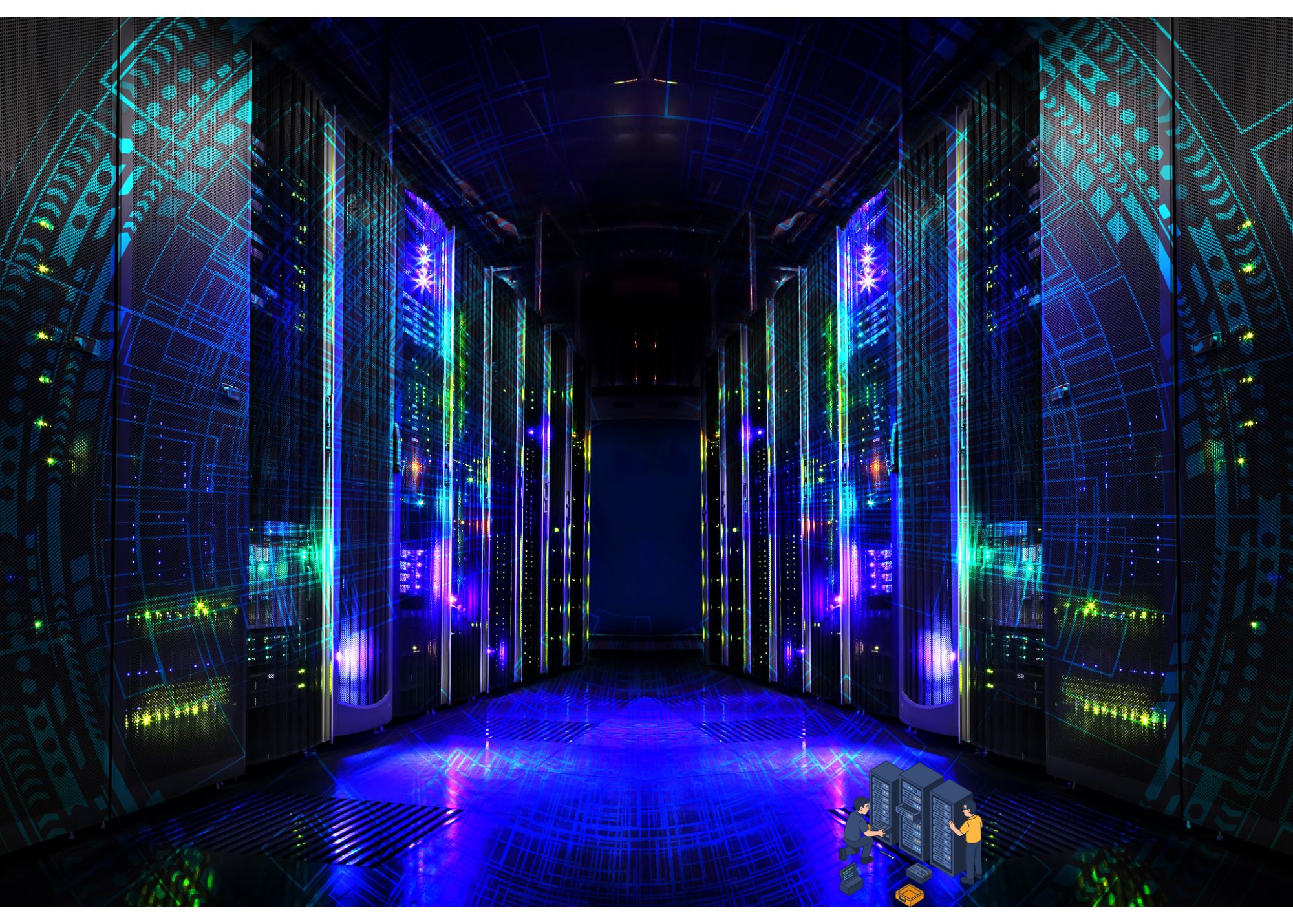Market Commentary: Don’t Buy The AI Hype
Artificial intelligence was poorly understood for so long. What some claimed was AI was really human-programmed algorithms, or rulesets with decision-making programmed by a person.
Artificial intelligence is different.
It can learn on the fly. For example, in a game of chess, an algorithm could be programmed to take actions based on various positions of pieces on the board but it would get stuck when the pieces were positioned in a manner not imagined by its human programmer. AI, on the other hand, could learn on the fly and adapt to whatever the scenario presented to keep playing.
The power of AI has been revealed and become ever more clear. With that backdrop, companies are competing to mention AI in earnings calls. The goal seems to be to mention AI as often as possible in order to hype the share price. In some cases, it’s legitimate. When Alphabet, which has most of the AI talent in the world under its corporate umbrella, discusses artificial intelligence, you can better believe they know what they are talking about. So too Microsoft, but what about others?
Key Points
- The market for AI is still in its early stages. This means that there is a lot of potential for growth, but there is also a lot of risk.
- Not all AI companies are created equal. Some companies have strong teams and a clear vision for how to use AI, while others are just trying to jump on the bandwagon.
- It is important to do your research before investing in any AI company. Read analyst reports, review financial statements and company patents to separate the wheat from the chaff.
The AI Hype Train
The AI hype train has left the station and as an investor you better be clear on who’s who in the world of artificial intelligence, and learn how to separate the real players from the pretenders.
To highlight a recent example, we’re going to put Macy’s on the hot spot.
Macy’s has slashed prices and any business student knows that’s not a positive. Few companies can survive long-term by selling at knock-down prices. Historically, it’s a sign of competitive pressures or lack of consumer demand. Neither is good. After all, why lower prices and hurt margins and profits if you don’t have to?
But Macy’s management has tried to convince the market its pricing strategy is not a function of weakness, but of adoption of new technology. For instance, in a recent report it claimed that “We are utilizing our pricing science tools to approach markdowns and promotions with precision to maximize margin.”
Further, they go on to discuss “enhanced pricing algorithms to maximize sales” and “updated marketing messaging“. It all sounds so cutting-edge, but is it? The end result is still the slashing of prices, which is a negative, no matter how management arrived at that destination.
How do you know the market wasn’t fooled by the word games? Just look at Macy’s chart:
How To Spot Real AI
So, as an investor, what is a good way to distinguish between stocks of companies leveraging real artificial intelligence versus those that want to cite AI to hype their stocks but don’t actually use AI in any meaningful way?
- Look at the company’s research and development (R&D) spending. Companies that are serious about AI are likely to be investing heavily in R&D. You can find this information on the company’s annual report.
- Review the company’s patents. Companies that have filed patents for AI-related technologies are more likely to be using AI in a meaningful way. You can search for patents by company name on the United States Patent and Trademark Office (USPTO) website.
- Examine the company’s financial statements. Look for revenue and profit growth that is driven by AI-related products or services. This is a good indicator that the company is using AI to generate real value.




